Experimental container garden - critique needed
trpnbils
9 years ago
Featured Answer
Sort by:Oldest
Comments (10)
trpnbils
9 years agoRelated Professionals
Canton Landscape Architects & Landscape Designers · Carlisle Landscape Architects & Landscape Designers · Seabrook Landscape Architects & Landscape Designers · Anderson Landscape Contractors · Beverly Hills Landscape Contractors · Brownsville Landscape Contractors · Golden Gate Landscape Contractors · Overland Park Landscape Contractors · Santa Ana Landscape Contractors · Hercules Solar Energy Systems · Palo Alto Solar Energy Systems · Randolph Solar Energy Systems · Bellwood Window Contractors · Agoura Hills Fence Contractors · Claremont Fence Contractorstrpnbils
9 years agocharina
9 years agojohns.coastal.patio
9 years agoDHLCAL
9 years agoparty_music50
9 years agotrpnbils
9 years agonil13
9 years agotrpnbils
9 years ago
Related Stories

CONTAINER GARDENSContainer Garden Basics: How and When to Water Potted Plants
Confused about soil moisture, the best time to water and what watering device to use? This guide can help
Full Story
FARM YOUR YARDHow to Grow Vegetables in Containers
Get glorious vegetables and fruits on your patio with a pro’s guidance — including his personal recipe for potting mix
Full Story
ORGANIZINGGet the Organizing Help You Need (Finally!)
Imagine having your closet whipped into shape by someone else. That’s the power of working with a pro
Full Story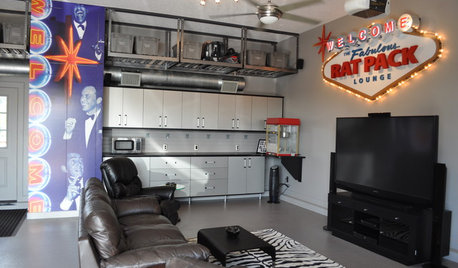
MAN SPACESWhy Men Really Do Need a Cave
Don't dismiss cars, bars and the kegerator — a man space of some kind is important for emotional well-being at home
Full Story
GARDENING FOR BUTTERFLIES3 Ways Native Plants Make Gardening So Much Better
You probably know about the lower maintenance. But native plants' other benefits go far beyond a little less watering and weeding
Full Story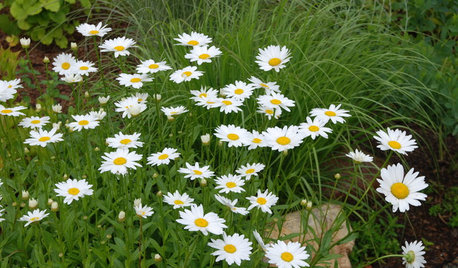
FLOWERSBest Cutting-Garden Beauties for Late Summer
Pick blooms bursting with color or in classic white for bouquets to give away or keep all to yourself
Full Story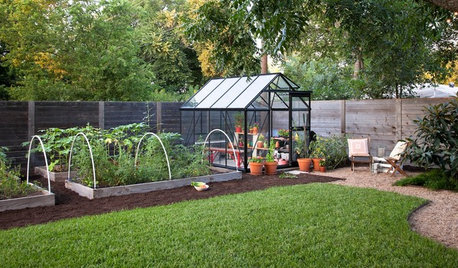
EDIBLE GARDENSA Formerly Weedy Lot Now Brims With Edibles and Honeybees
Photographers transform their barren backyard into an oasis filled with fruit, vegetables, honey, eggs and more
Full Story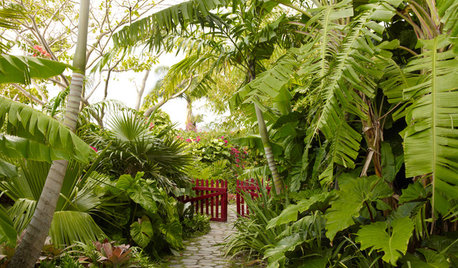
LANDSCAPE DESIGNWild Gardens Bring Excitement and Beauty to Landscapes
Forget what’s expected and ‘fashionable.’ Bold gardens teeming with site-appropriate plants make for a richer experience
Full Story
FARM YOUR YARD6 Things to Know Before You Start Growing Your Own Food
It takes time and practice, but growing edibles in the suburbs or city is possible with smart prep and patience
Full Story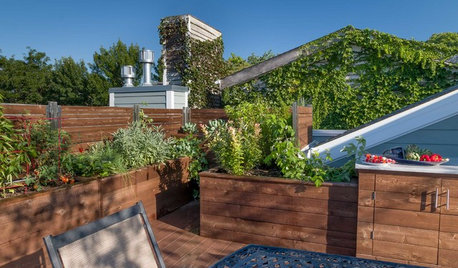
GARDENING GUIDES10 Tips for Beginning Gardeners
With a simple sketch, basic tools and the right plants, you’ll be on your way to growing your first flowers or edibles
Full StorySponsored
Your Custom Bath Designers & Remodelers in Columbus I 10X Best Houzz
More Discussions







DHLCAL